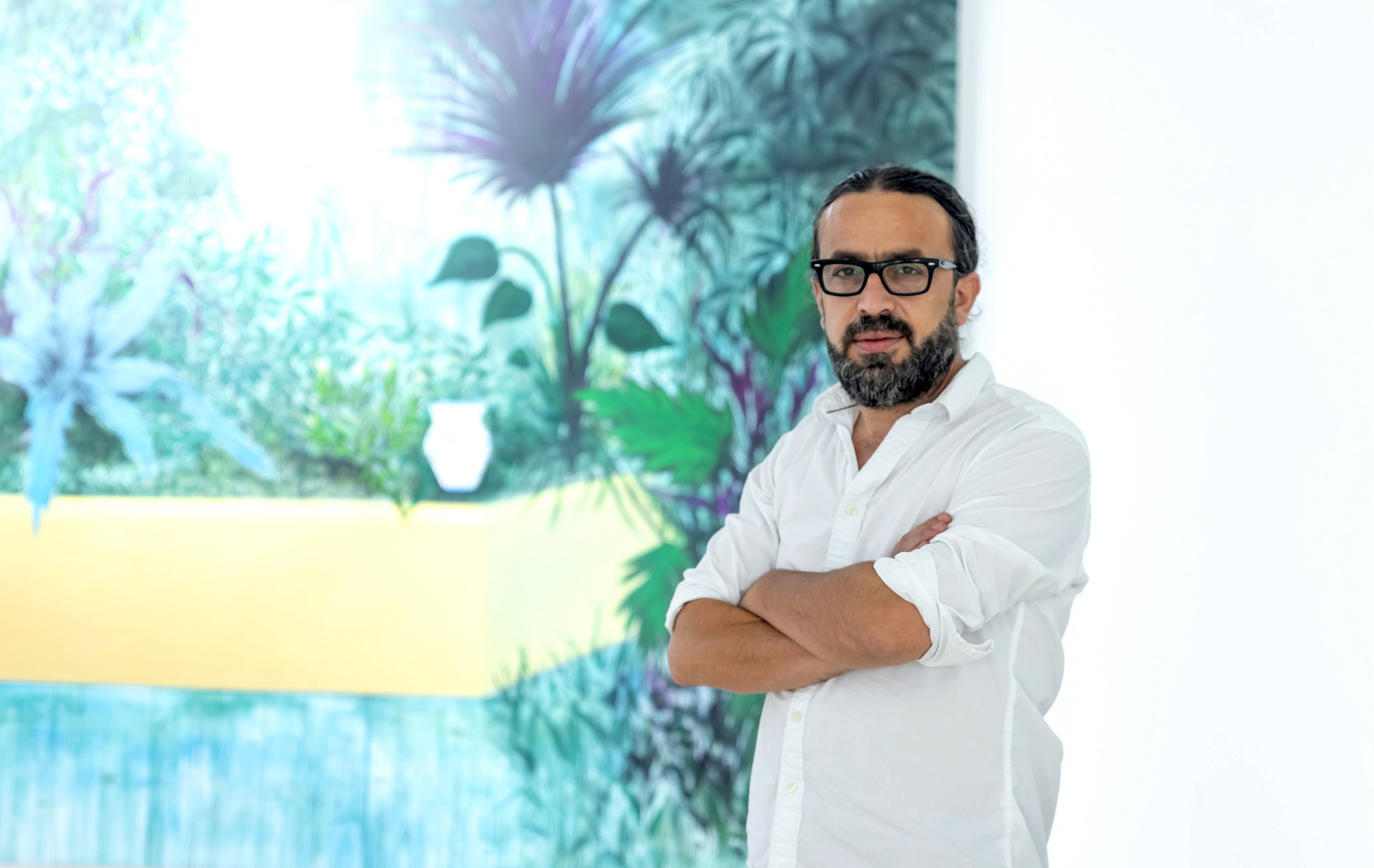Via Dolorosa by Jack Persekian
Via Dolorosa by Jack Persekian
60 x 47 cm (23.6 x 18.5 in)
Giclee print on poster board, gsm 1130
Edition of 10
(2019)
SZ Gallery edition offered with matte board & foamcore backing
Framing available upon request at additional cost
Allow 2-3 weeks for delivery of additional editions, if available
Jerusalem’s landscape, as we know it today, is merely a surface layer, a slice in a long tumultuous history that has witnessed a succession of takeovers by people and civilizations from the preceding ones. Over time, layers are obscured and sometimes obliterated to the point where only a few traces or ruins can be found. Since the turn of the nineteenth century and the invention of photography, our relationship to how we see, comprehend, and communicate our understanding of history and time has dramatically changed. Today, the act of photographing and sharing with others the present moment, the happening, the sheer unadulterated act, preoccupies much of the world. The ease with which one can take a photograph today is such that even a child may realize their first cognitive senses with a camera in hand.
A hundred years ago the story was different and taking a photograph entailed carrying around heavy expensive equipment and materials, not to mention the long arduous process of chemical preparation, development, and printing. Starting from around 1898, the year that marked the grand visit of German Emperor Wilhelm II and his wife Augusta Victoria to Jerusalem, the American Colony Photography Department took it upon themselves to photo-document the city in detail from all four corners, as well as the daily life of its inhabitants and the major events that took place there. By the end of the 1940s, the American Colony photographers had documented the whole of Palestine, parts of Jordan and Egypt, and went on photographic expeditions to India and Iraq/Mesopotamia, photographing key events that took place in the region.
By superimposing an additional layer – a photograph taken today of the same location, shot from the same spot and angle – over that taken by a photographer some one hundred years ago, we are able to move between two distinct times. This allows us to study the changes that occurred, compare the different times, align the physical transformations with the events that took place in the city and around the region during the last century, and examine the changed landscape and forces at play that impacted the new environment.







































